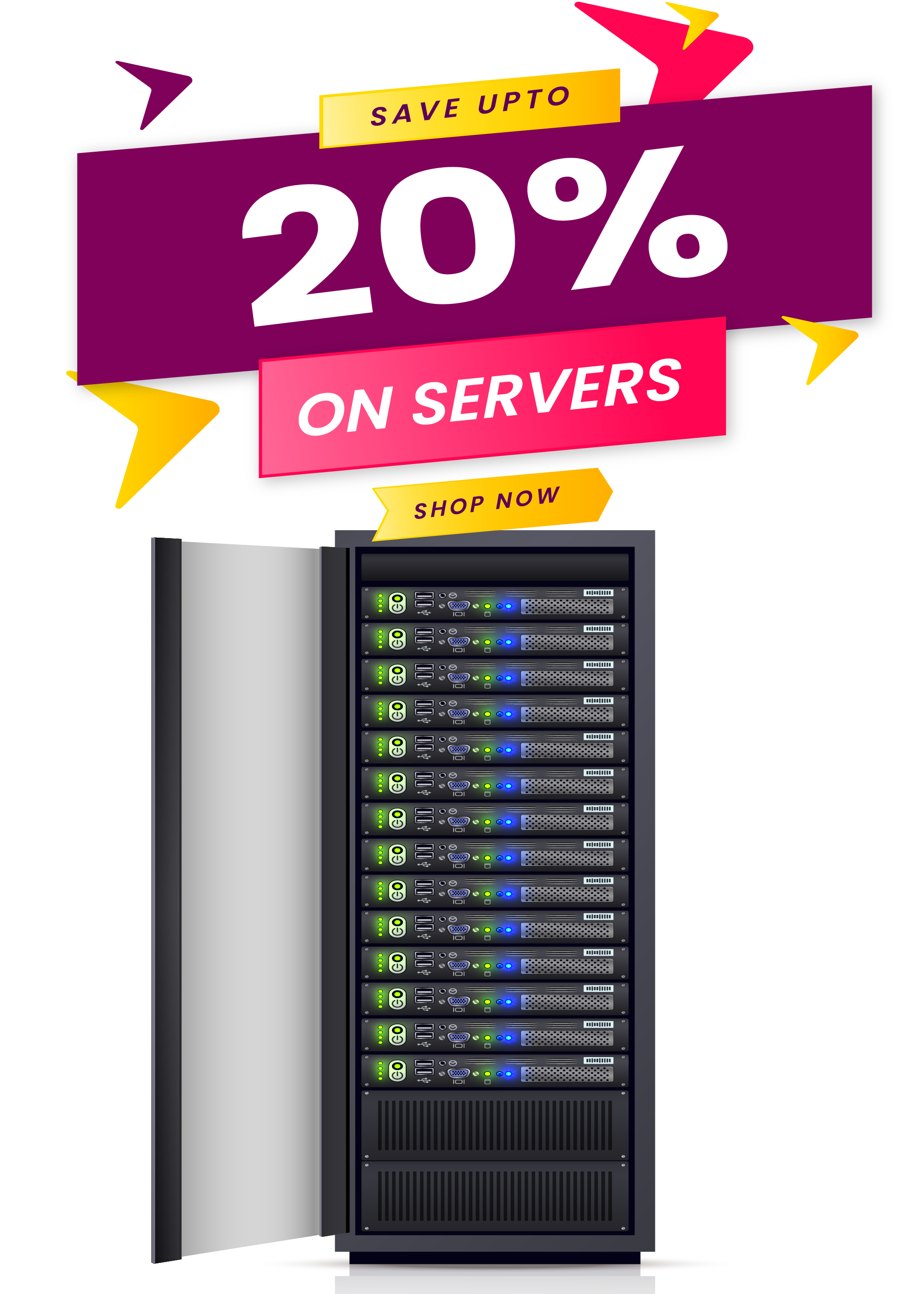Understanding Cloud Service Models: IaaS, PaaS, and SaaS Explained

In today’s competitive digital era, cloud computing has become a transformative breakthrough for businesses of all sizes, providing flexibility, scalability, and cost-efficiency. Whether you are in a tech startup or an established enterprise, understanding cloud service models is crucial to amplifying the benefits of cloud computing. Three significant service models dominate the cloud ecosystem:
- Infrastructure as a Service (IaaS)
- Platform as a Service (PaaS)
- Software as a Service (SaaS)
Each of these models serves different objectives, tailoring to different business requirements, and understanding their distinctions is key to making informed decisions about your IT infrastructure. IaaS provides the foundational building blocks of cloud computing, offering organizations with virtual servers, storage, and networking. PaaS clarifies the development process by providing a platform where developers can create, test, and deploy applications. SaaS delivers complete functional software applications over the Internet, enabling users to access services without managing infrastructure or platforms.
Here in this knowledgebase post, we are going to discuss the difference, benefits, and use cases of these cloud models to facilitate you determine which one is the right fit for your business. So, without any delay, let’s get started.
What is Cloud Computing?
The term cloud computing refers to a technology that allows the delivery of different computing services including servers, databases, networking, software over the Internet. Despite owning and handling physical hardware or data centers, businesses and individuals can access these resources on-demand from cloud providers, paying only for the services they use. Users can scale resources up or down based on their requirements, avoid large upfront costs in hardware, and access their data and applications from anywhere with an Internet connection. The famous models of cloud computing are IaaS, PaaS, and SaaS, each offering different levels of control and management over the IT infrastructure.
Understanding Cloud Service Models: IaaS, PaaS, and SaaS
As discussed, cloud computing has transformed the way businesses handle their IT infrastructure, allowing more efficient and cost-effective solutions. These three core service models of cloud computing provide varying levels of control, flexibility, and management. Here’s an explicit classification of each model and its benefits.
Read Also: What are the Different Layers Of Cloud Computing?
Infrastructure as a Service (IaaS)
Infrastructure as a Service (IaaS) is the most basic model of cloud services. It offers virtualized computer resources online, like servers, storage, and networking. With Infrastructure as a Service (IaaS), companies can lease IT infrastructure from cloud providers such as AWS, Microsoft Azure, or Google Cloud, avoiding the expenses and tasks associated with owning and managing on-premises data centers.
IaaS users have full autonomy over the operating systems and applications running on the infrastructure, enabling them to customize and adjust according to their requirements. This model is especially beneficial for companies requiring development or hosting of intricate applications without the burden of managing hardware.
Key Benefits:
- Cost savings: IaaS removes the need for investing in physical hardware and maintaining an on-premises data center, significantly reducing capital expenditures.
- Scalability: Resources can be scaled up or down on-demand, making it ideal for businesses with fluctuating workloads.
- Flexibility: Full control over the infrastructure allows businesses to configure it to meet specific performance and security requirements.
IaaS is widely used for virtual machines, storage solutions, and backup services, making it a popular choice for companies that require high control over their IT environment.
Platform as a Service (PaaS)
PaaS is positioned higher than IaaS and offers not just the basic infrastructure but also a platform with development tools, databases, and runtime environments. It is created for developers to create, test, and launch applications without needing to handle the infrastructure beneath them.
PaaS options like Google App Engine, Microsoft Azure App Services, and Heroku provide ready-to-use setups with integrated frameworks, allowing developers to concentrate on coding instead of handling servers, networking, or storage.
Key Benefits:
- Faster time-to-market: Developers can quickly build and deploy applications since the platform provides ready-to-use tools and frameworks.
- Cost-efficient development: With PaaS, developers don’t need to worry about managing infrastructure, which reduces operational costs and complexity.
- Automatic updates: The platform is continuously updated by the provider, ensuring that developers have access to the latest features and security enhancements.
PaaS is ideal for businesses that want to streamline the application development process and are looking for a solution that minimizes infrastructure management.
Software as a Service (SaaS)
SaaS is considered the cloud service model that is the most user-friendly. It provides fully functional software applications that are accessible online. Individuals can use these applications via web browsers without the requirement to install, upkeep, or upgrade any software. Frequent instances of SaaS solutions are Microsoft Office 365, Google Workspace, Salesforce, and Dropbox.
SaaS is created for individuals who require access to particular software capabilities. The SaaS option offered by the cloud provider handles all aspects such as infrastructure, security, and software updates, making it easy for businesses of varying sizes.
Key Benefits:
- Ease of use: SaaS applications are easily accessible via a web browser, with no installation or complex setup required.
- Cost-effective: Businesses pay for SaaS on a subscription basis, which reduces upfront costs and ensures predictable spending.
- Seamless updates: The cloud provider handles all software updates and patches, ensuring that users always have access to the latest version of the application.
SaaS is perfect for businesses that want to use software without worrying about managing or updating it, making it a highly scalable and convenient solution.
Thus, understanding the differences between IaaS, PaaS, and SaaS is crucial for businesses seeking to leverage cloud computing effectively. Each cloud service model offers distinct benefits based on the level of control, flexibility, and management a company needs. IaaS offers customizable infrastructure, giving businesses complete control over their IT environment. On the other hand, PaaS simplifies development by providing a ready-to-use platform, while SaaS delivers complete managed software solutions, accessible from anywhere.
Considering the right cloud model depends on your organization’s goals, technical expertise, and operational requirements. By selecting the appropriate cloud service model, businesses can optimize costs and drive innovation in today’s modern digital landscape.


